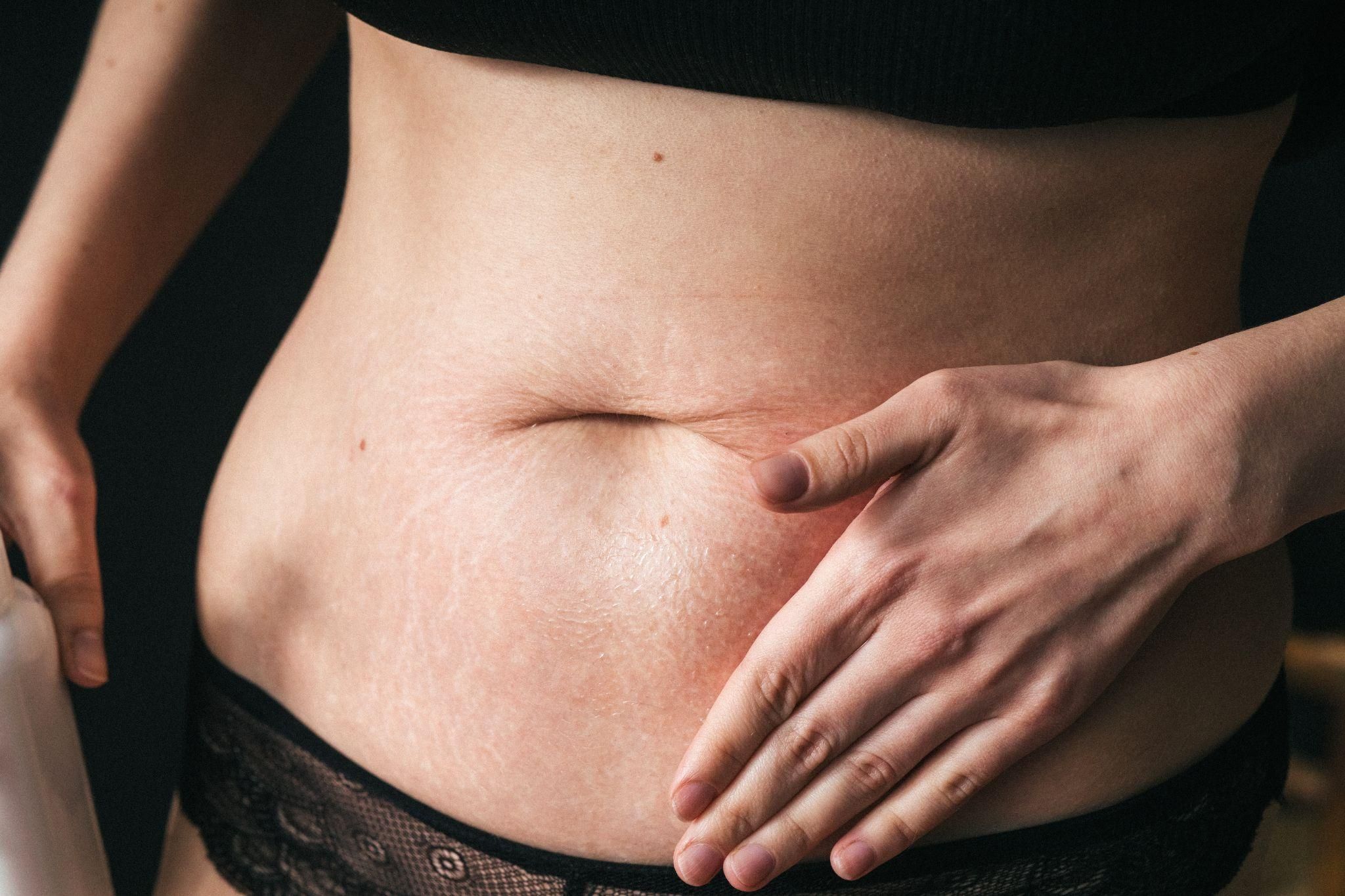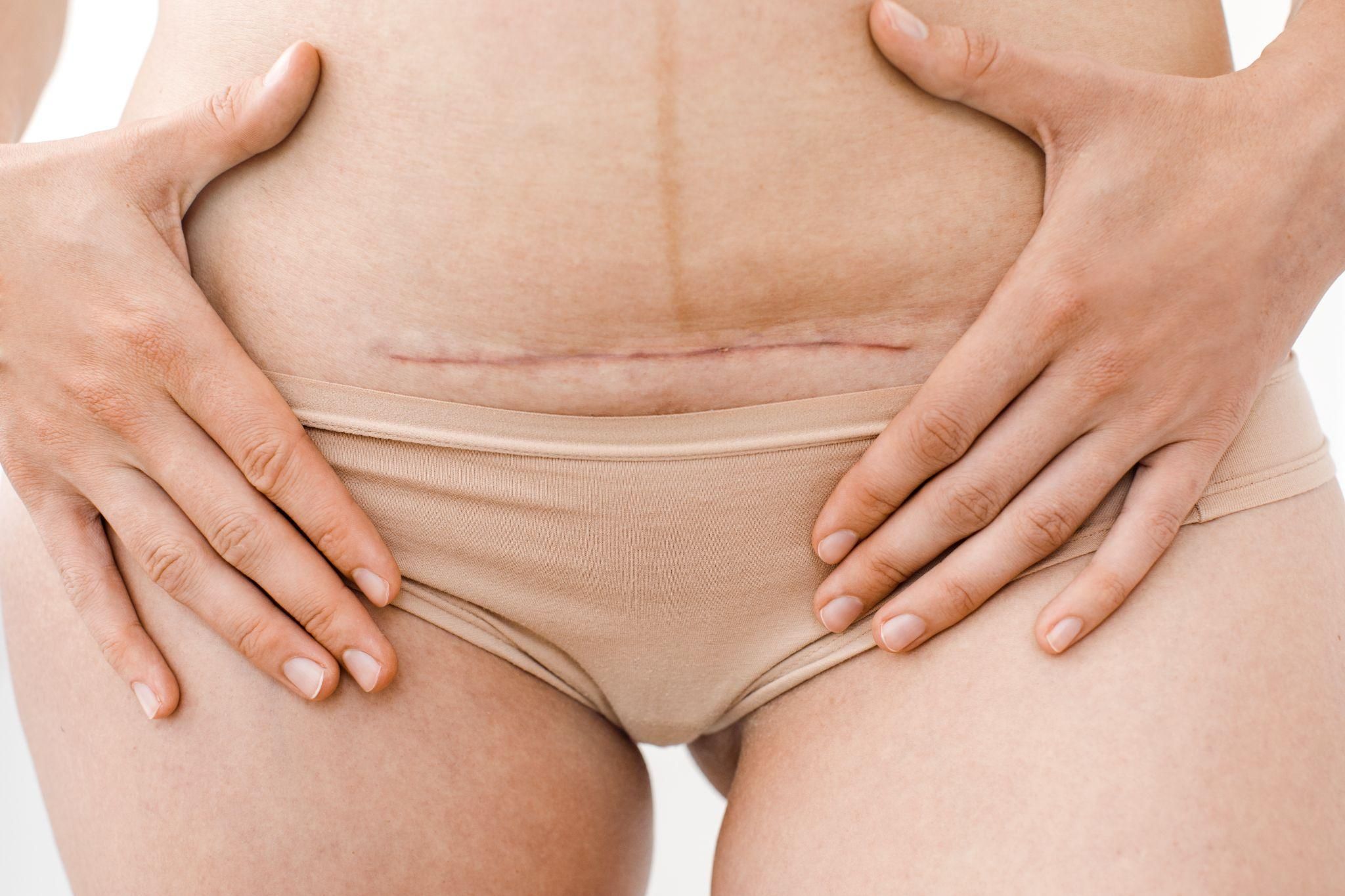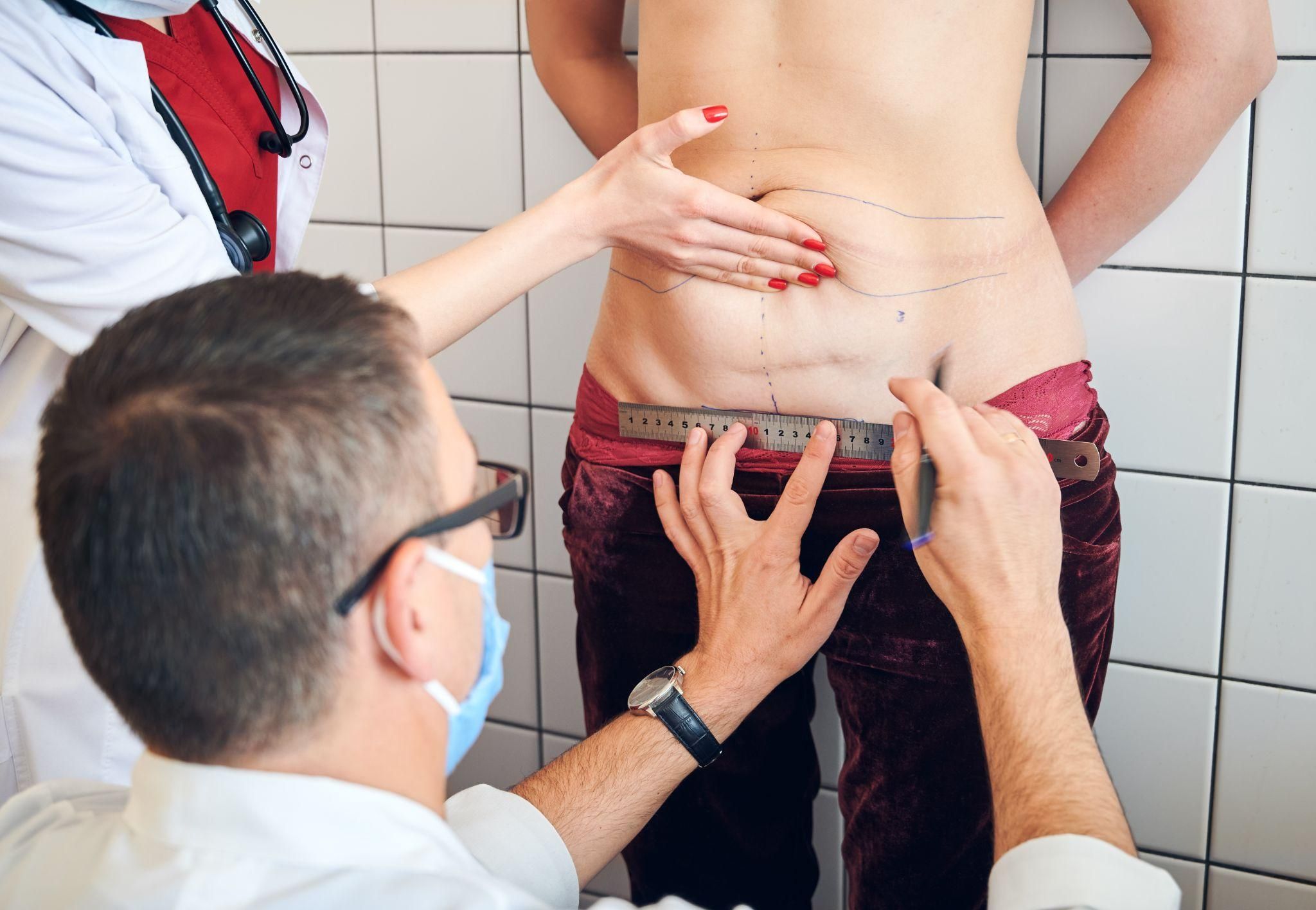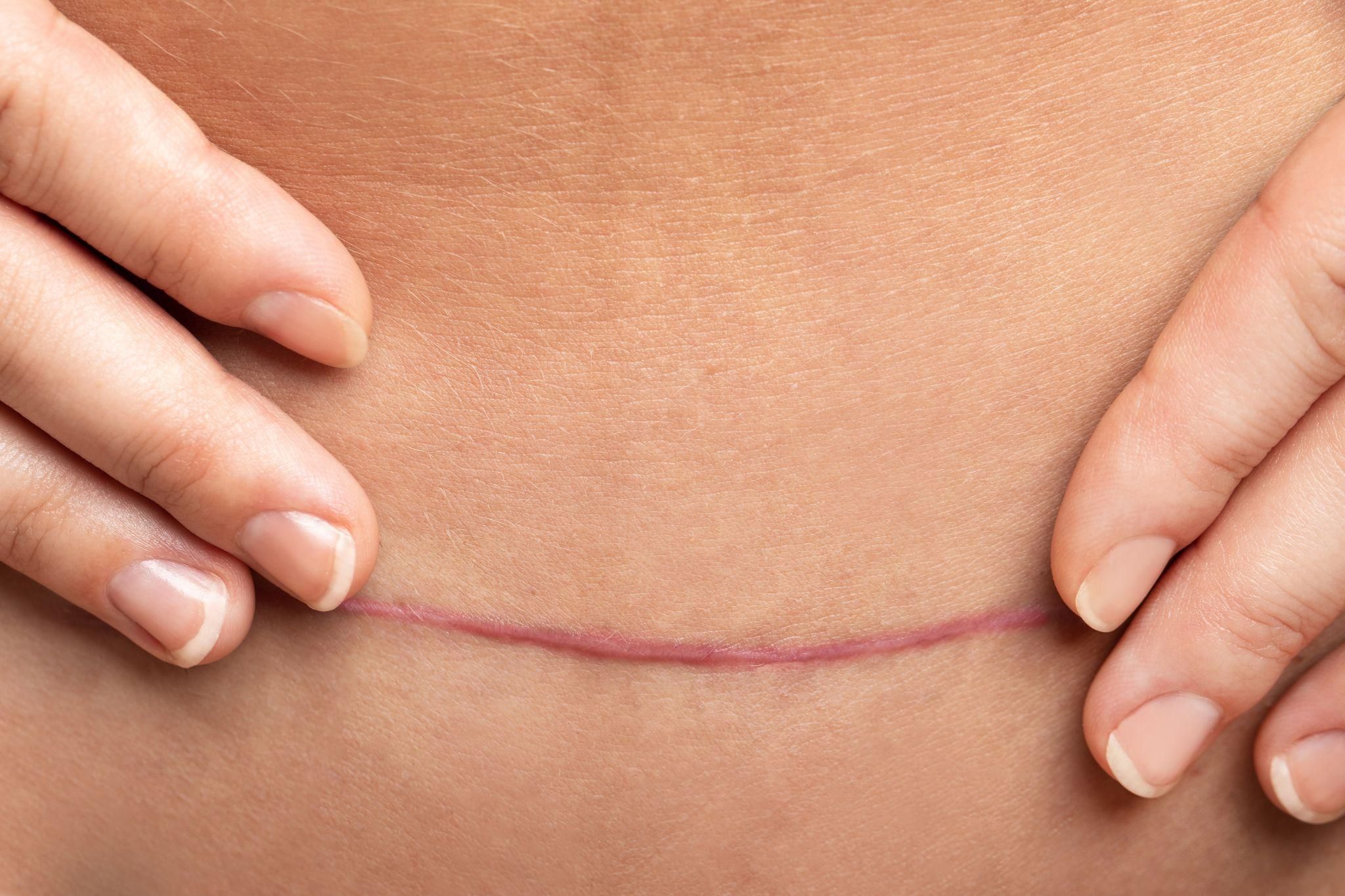A C-section is a common procedure, but it’s still a major surgery that requires time, care, and attention for recovery. One of the key aspects of this recovery process is taking care of the scar left behind by the surgery. Many new mums feel anxious about how the scar will heal, how visible it will be, and how long it will take for the skin to feel and look normal again. The good news is that there are plenty of products and remedies available to help improve healing, minimise scarring, and reduce discomfort during the recovery phase.
In this article, we’ll discuss the best C-section scar healing products that every new mum needs, with a focus on antenatal care practices that promote optimal recovery. We’ll also explore the use of natural remedies and essential products, and how these can complement your antenatal appointments and overall pregnancy care routine.
Whether you’re preparing for your postpartum journey or are already on your way to recovery, these products and tips will help ensure you heal as effectively as possible.
Why C-Section Scar Care Is Important
Before diving into the best products, it’s essential to understand why C-section scar care matters so much. A C-section scar is more than just a cosmetic concern; it’s a mark of major surgery that involves healing layers of tissue, muscles, and skin. Proper scar care can help prevent infections, reduce discomfort, and improve the appearance of the scar over time.
Without the right care, C-section scars can develop complications such as infections, keloid formation (raised, thick scars), or adhesions (bands of scar tissue that cause pain and limit movement). Therefore, the goal of good scar care is to ensure the incision heals well while minimising these risks. Postpartum recovery is an essential aspect of antenatal care, and addressing the healing process after delivery is just as important as preparing for the birth itself.
1. Silicone Gel Sheets and Gels: Clinically Proven Scar Treatments
Silicone gel sheets and gels are among the most recommended treatments for scar healing, and they’re particularly effective for surgical scars, including those from C-sections. Silicone sheets create a barrier over the scar, keeping it hydrated and protecting it from bacteria, which helps reduce the thickness, colour, and size of the scar.
Why Silicone Works:
Moisture retention: Silicone helps maintain moisture in the scar tissue, which is crucial for softening and flattening the scar.
Collagen regulation: Silicone sheets help regulate collagen production, preventing the overproduction that leads to raised scars.
Protection: The sheets form a protective barrier against bacteria, reducing the risk of infection.
How to Use: Place the silicone sheet directly over the scar once the wound has healed (around 2 weeks post-surgery). It should be worn for 12-24 hours a day, depending on the product’s instructions. Silicone gel can also be applied as a topical treatment in the same way, and it’s useful for areas where sheets might not adhere well.
Antenatal Connection: During antenatal appointments, you might receive advice about preparing for postpartum recovery. Your healthcare provider may suggest silicone sheets as part of your scar care routine once the incision heals.
2. Vitamin E Oil: Nourishing and Healing
Vitamin E oil has long been used to reduce the appearance of scars. This powerful antioxidant works by nourishing the skin, promoting collagen production, and helping skin cells regenerate. While it’s not an instant fix, consistent use of vitamin E oil can lead to a more flexible, less visible scar over time.
Benefits of Vitamin E:
Promotes collagen production: Collagen is essential for skin elasticity and healing, and vitamin E supports its natural production.
Moisturises the skin: Keeping the skin around the scar moisturised helps prevent it from becoming stiff and prominent.
Antioxidant protection: Vitamin E helps protect the skin from free radical damage, which can slow down the healing process.
How to Use: After your C-section incision has fully closed, gently massage a few drops of vitamin E oil onto the scar twice a day. Be sure to use natural, pure vitamin E oil for the best results.
Antenatal Connection: Vitamin E is often included in antenatal vitamins due to its role in promoting healthy skin and tissue regeneration. Continuing to use vitamin E postpartum supports both scar healing and overall skin health.
3. Coconut Oil: A Natural Moisturiser for Scar Healing
Coconut oil is another excellent option for healing C-section scars naturally. It contains lauric acid, which has antimicrobial properties, helping to prevent infection while keeping the skin hydrated. Coconut oil also supports skin elasticity, making the scar less likely to become thick and raised.
How Coconut Oil Benefits Scar Healing:
Hydration: Coconut oil deeply moisturises the skin, promoting a smoother scar appearance.
Antimicrobial properties: The lauric acid in coconut oil helps reduce the risk of infection, which can hinder healing.
Anti-inflammatory effects: Coconut oil can soothe inflammation around the scar, reducing redness and irritation.
How to Use: Gently massage coconut oil into the scar area twice daily. It can be used once the incision has fully healed and closed.
Antenatal Connection: Coconut oil is often used during pregnancy care as a natural remedy for dry skin and stretch marks. Its versatility makes it a useful product for both prenatal and postpartum care.
4. Scar Massage Tools: Improving Circulation and Tissue Flexibility
Massaging the area around your C-section scar can promote better healing by increasing circulation and breaking down excess scar tissue. Using a scar massage tool can help reach deeper tissue layers and improve flexibility, which can prevent the formation of adhesions.
Benefits of Scar Massage:
Improves circulation: Massage increases blood flow to the area, delivering nutrients that support healing.
Breaks down scar tissue: Regular massage helps soften and flatten raised scars by breaking down excess collagen.
Prevents adhesions: Gentle massage can prevent the formation of adhesions, which can cause discomfort and restricted movement.
How to Use: Once the incision is fully healed, use a scar massage tool or your fingers to gently massage the area in circular motions. Do this daily for about 5-10 minutes.
Antenatal Connection: During antenatal massage sessions, therapists often focus on improving circulation and reducing muscle tension. These techniques can be continued postpartum to aid in scar recovery.
5. Aloe Vera: Natural Soothing Relief
Aloe vera is well-known for its healing properties, particularly for soothing and reducing inflammation. Applying aloe vera to your C-section scar can help keep the skin moisturised, reduce redness, and support the regeneration of new skin cells. It’s also gentle enough for regular use.
How Aloe Vera Helps with Scar Healing:
Reduces inflammation: Aloe vera has natural anti-inflammatory properties, helping to calm redness and irritation.
Stimulates skin repair: Aloe vera promotes the production of fibroblasts, cells that help produce collagen and elastin.
Hydrates and soothes: Aloe vera is an excellent natural moisturiser, keeping the skin around the scar supple.
How to Use: Apply pure aloe vera gel directly to the scar once the wound has closed and healed. You can use it twice daily for the best results.
Antenatal Connection: Aloe vera is sometimes used during pregnancy yoga classes or prenatal yoga as a cooling, soothing product for the skin, particularly when dealing with pregnancy-related skin conditions.
6. Shea Butter: Rich, Moisturising, and Healing
Shea butter is another natural product that can help in the healing of C-section scars. Packed with vitamins A and E, shea butter provides deep hydration, which is essential for improving the texture and elasticity of the scar. Over time, regular use of shea butter can help the scar fade and soften.
Benefits of Shea Butter:
Deep moisturisation: Shea butter nourishes the skin, keeping the scar tissue soft and pliable.
Rich in vitamins: The vitamins in shea butter support skin regeneration and healing.
Improves skin elasticity: Shea butter helps improve the elasticity of the skin, preventing tightness around the scar.
How to Use: Apply shea butter to the scar area once the incision has healed. Massage it gently into the skin twice a day.
Antenatal Connection: Shea butter is often recommended as part of antenatal care to help prevent stretch marks during pregnancy. Its nourishing properties can continue to benefit the skin postpartum.
7. Calendula Cream: Herbal Remedy for Skin Healing
Calendula, a plant-based remedy known for its healing properties, is another excellent option for C-section scar care. Calendula cream can help reduce inflammation, soothe irritated skin, and promote faster tissue regeneration, making it ideal for treating scars.
How Calendula Benefits Scar Healing:
Anti-inflammatory: Calendula reduces swelling and irritation, allowing the scar to heal more smoothly.
Promotes tissue regeneration: It stimulates the growth of new skin cells, helping the scar fade over time.
Gentle on sensitive skin: Calendula is suitable for sensitive skin, making it an excellent choice for postpartum care.
How to Use: Apply calendula cream to the scar once or twice daily. Be sure to wait until the incision is fully healed before starting treatment.
Antenatal Connection: Calendula is sometimes recommended in antenatal clinic settings for skin care during pregnancy, particularly for its gentle, soothing properties.
8. **Mederma Scar Gel: Popular Over
-the-Counter Treatment**
Mederma is a widely-used scar treatment gel that’s specifically formulated to reduce the appearance of scars. It contains onion extract, which is believed to have anti-inflammatory and collagen-regulating effects, helping scars heal more evenly.
Benefits of Mederma:
Reduces scar visibility: Mederma helps fade the appearance of scars by regulating collagen production.
Clinically proven: It’s one of the most popular and researched over-the-counter scar treatments available.
Suitable for long-term use: Mederma can be used for several months to ensure optimal results.
How to Use: Apply Mederma gel to your C-section scar once the wound has fully healed. Use it as directed on the packaging, typically once a day for up to three months.
Antenatal Connection: Mederma is often discussed during pregnancy clinic visits for its effectiveness in reducing the appearance of scars and stretch marks.
Conclusion
Recovering from a C-section requires patience, and taking care of your scar is an essential part of this healing journey. With the right combination of natural remedies and effective products, you can support your body’s recovery, reduce discomfort, and minimise scarring. Products like silicone gel sheets, vitamin E oil, and coconut oil offer effective, gentle solutions to aid in the healing process, while other treatments, such as scar massage tools and calendula cream, help promote flexibility and reduce irritation.
As you navigate postpartum recovery, it’s important to continue with good antenatal care practices, such as proper nutrition, exercise, and scar care, to ensure a smooth and healthy recovery. And remember, always consult with your healthcare provider during your antenatal appointments before starting any new scar treatments to ensure they’re suitable for you.
References
- The Ultimate Antenatal Classes
Prepare for labour, birth, and baby care with nine experts, including senior NHS midwives and an award-winning obstetrician!
https://unii.com/en/journey/ultimate-antenatal-classes









